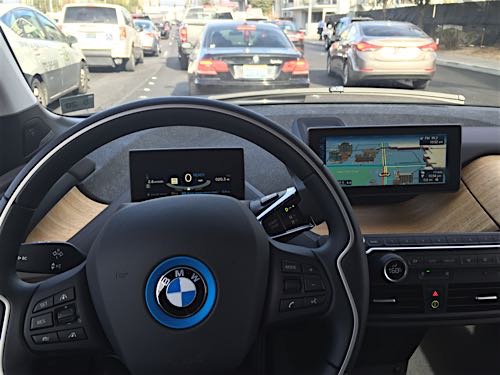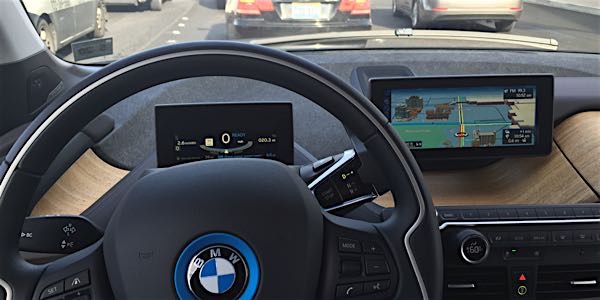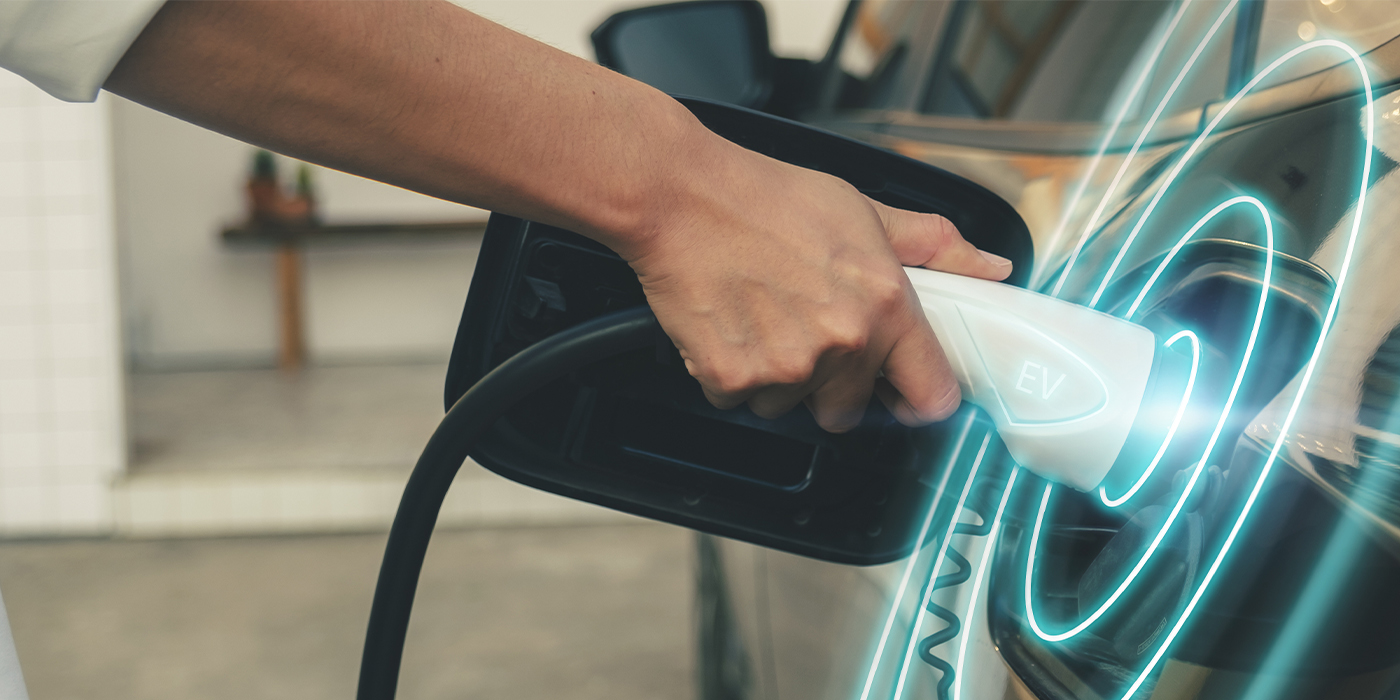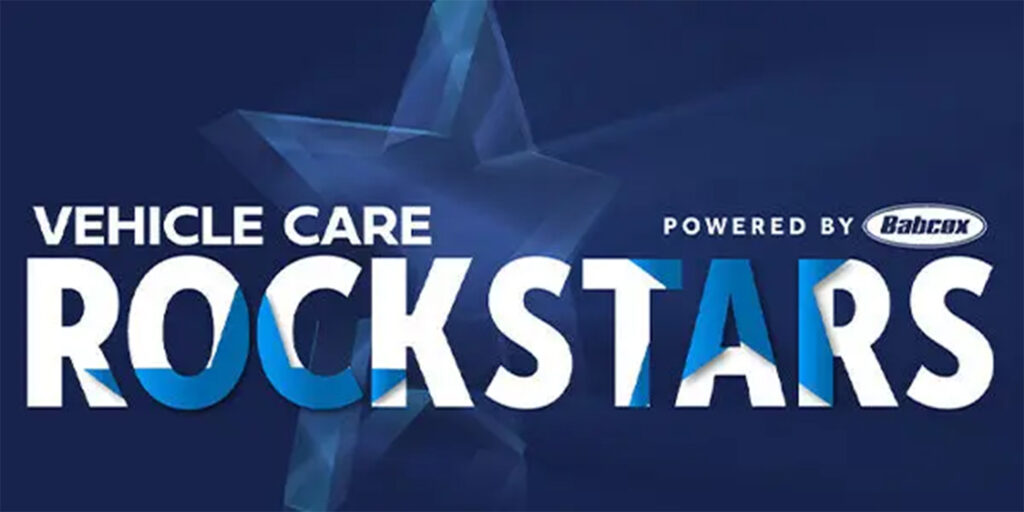
The single biggest disruptor in our world right now is the evolution of cars. Specifically, technological advancements in the areas of communication and computing offer some of the biggest opportunities our industry has ever seen. If you feel that I am overstating this fact, read on.
It is my goal to keep you up to speed on what is coming so that you can connect the dots and prepare your business for what’s ahead. At the Consumer Electronics Show (CES) this year, cars were once again a huge and growing part of the show. Case in point, autonomous vehicles actually were used to shuttle journalists around the convention center.
As innovative as this was, the AVs themselves were not the big buzz in the meetings I attended, but rather a foregone conclusion. The key topics most automotive-minded individuals were keen on discussing involved how vehicles will learn, interact with humans and communicate with one another as we move into the future.
AI Takes Center Stage
Artificial intelligence is a primary concern when it comes to automotive technology. Teaching cars to have better than human-like driving skills is the current mission of many AV software engineers. This data would be used to create the perfect driver who never gets tired or never takes his eyes off the road. Think about all of the tiny ministrations involved in driving. How often do you correct the steering in a minute? How do you deal with unexpected stopping conditions? How do you deal with someone swerving into your lane? The variables concerning human driving are endless.
Software engineers are determined to boil this skill set down and provide a set of superhuman inputs into vehicles so that autonomous driving cars can perform better than you do. Instead of braking or turning the wheel in 500 milliseconds (the average time for an alert human), an AV’s reaction time, with 360-degree vision no less, could be updated every 10 milliseconds.
There was considerable discussion at CES about how vehicles will communicate with one another moving forward. The consensus is that DSRC (Dedicated Short Range Communication) and 5G are the likely favorites to spur this wireless communication revolution.
The Future of Wireless Communication
DSRC is a 75 Mhz chunk of the 5.9 Ghz band. The FCC has carved out this spot for Intelligent Transportation System communications in order to facilitate the operation of vehicle safety and mobility software. The core function of DSRC would be to help vehicles communicate with each other, but could also be used to share information pertaining to road conditions and stoplight patterns.
The intent of this area of bandwidth is clearly for machines to communicate, but considering the sheer amount of data that will be created for just safety purposes alone, how can this data be disseminated without encountering a “traffic jam” of its own? This is where the discussion of 5G, or fifth generation wireless broadband, comes into play.
To give you an idea of scale, in 2001 with a 3G Internet connection, it would take you about 26 hours to download a movie. That same movie would take about 6 minutes to download on a really good 4G connection. With 5G, that same data can be downloaded in 3.6 seconds at roughly 10 Gbs.
This technology is still a few years off (my best guess is 2022), but it has many champions. The rub comes when telecoms and ITS folks square off debating whether your daily coffee order should live in the same high-frequency area with accident-avoidance data.
Currently, phones operate below 3 Ghz, but for this technology to work in vehicles, it needs to be higher. Frankly, DSRC needs a better “engine” and the telecom industry appears to have the answer to handle this raw data. It is expected that the buildout to 5G capacity will cost around 1.7 trillion dollars. The envisioned Internet of Things (IoT) is clearly the target for this level of infrastructure, but the sheer cost would require a lot of subscriptions to surpass the overhead.
Human/Machine Interface
As vehicles are revolutionized, a considerable amount of time will need to be spent thinking about human intuition and how the vehicle is going to perceive human inputs. This human/machine interface was front and center at CES. Does the next-generation vehicle need a turn signal switch? Notwithstanding the fact that most people don’t use it anyway, if cars are all talking to each other, wouldn’t your vehicle simply tell the others around it that you have begun a maneuver that looks like you will be slowing and turning?
Hyundai demonstrated a mood-management plan for drivers in its booth that utilized some sensors and a smell generator. Clearly in its infancy, it is still fascinating and will put a smile on your face. Using biometric detection through the steering wheel to measure heart rate, eye-tracking software in the dash, respiration sensors in the seatbelt and posture sensors in the seat, an application will determine if a driver is stressed or sleepy and provide a series of stimuli.
To relax a driver, the vehicle would release lavender or eucalyptus, or cedar or peppermint to energize a fatigued driver. In addition to these features, Hyundai also hopes to make the driving experience more pleasing with volume and genre changes in the sound system and lighting changes on the dashboard, as well as more intuitive changes to the HVAC system temperature.
This is only a small sample of the interface options that are being discussed, but it seems to me that work orders of the future may have some very different concerns, causes and corrections.














